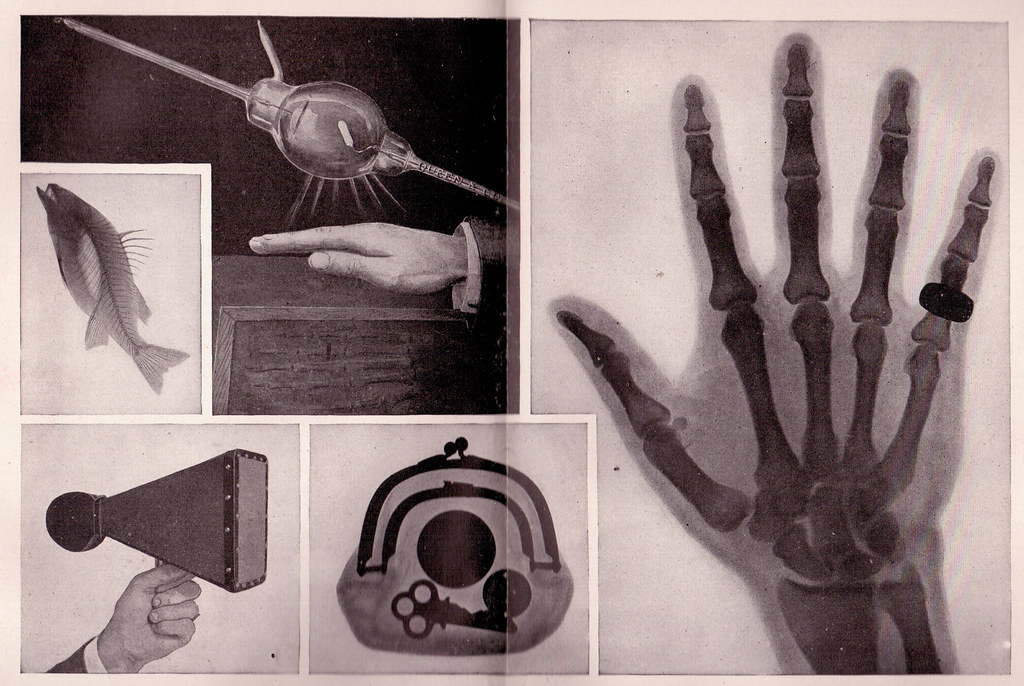
Sometimes, the most life-changing discoveries happen when people are trying to solve entirely different problems—or when they’re not even trying at all! These everyday inventions, born out of accidents, remind us that serendipity and curiosity often pave the way for greatness.
Penicillin
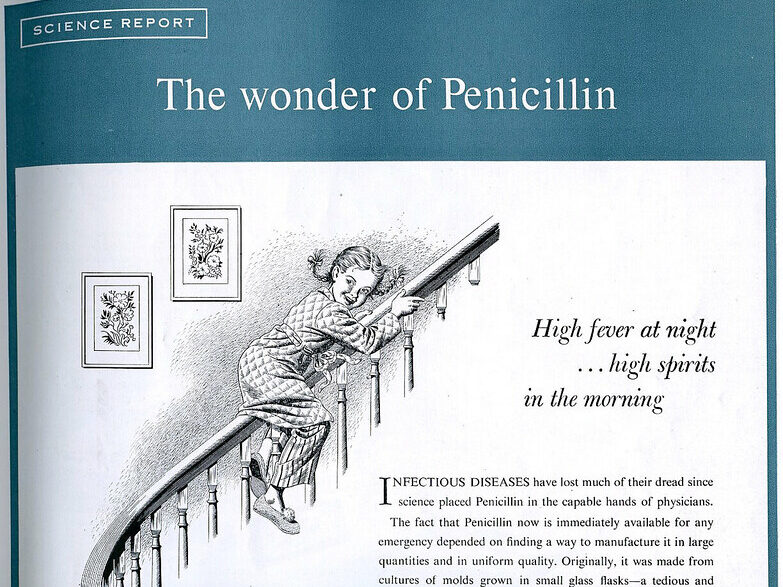
In 1928, Alexander Fleming was working with Petri dishes of bacteria when he went on holiday, leaving his experiments unattended. Upon returning, he found that a strange mold had grown in one dish—and that bacteria couldn’t grow near it. This mold, later identified as Penicillium notatum, became the foundation for penicillin, the world’s first antibiotic.
Microwave Oven
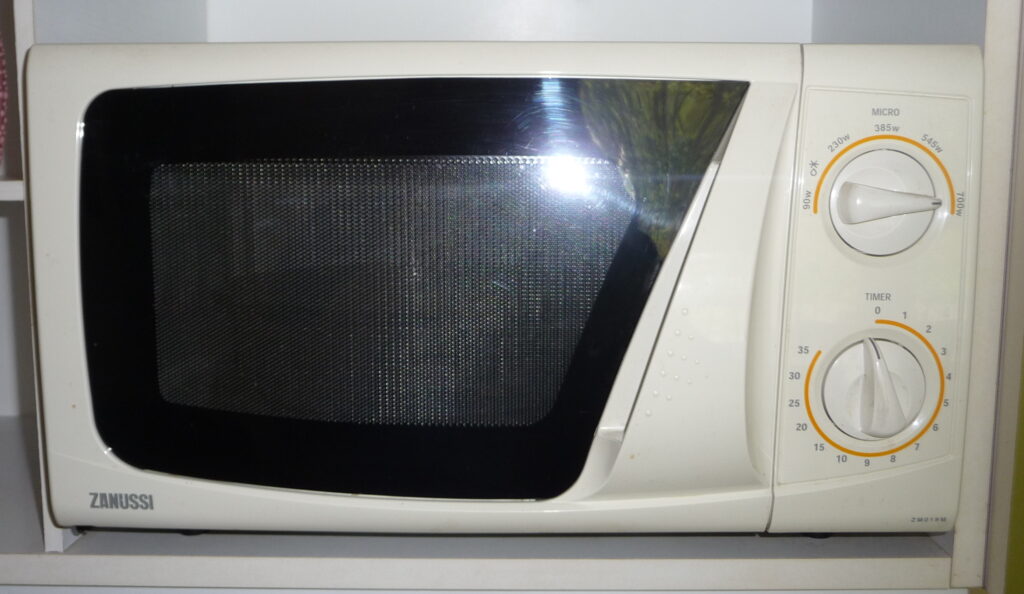
Percy Spencer, an engineer working with radar technology during World War II, noticed something strange in 1945: a candy bar in his pocket melted while he stood near a magnetron, a device emitting microwaves. Curious, he experimented with other foods, like popcorn, which also cooked quickly. What began as an accidental snack soon led to the invention of the microwave oven, revolutionizing how we prepare food.
Post-it Notes

Dr. Spencer Silver was trying to create a strong adhesive for 3M in 1968 when he accidentally made a weak, reusable glue that could stick and peel off without leaving residue. For years, no one saw its potential until a colleague used it to bookmark his choir book without damaging the pages. Today, Post-it Notes are an office staple, proving that not every problem needs a strong solution.
X-rays

In 1895, Wilhelm Röntgen was experimenting with cathode rays when he noticed something odd: fluorescent material in his lab began glowing even though it wasn’t in the direct path of the rays. He realized he had discovered a new type of energy that could pass through solid objects. Within months, X-rays were being used to examine bones, revolutionizing medical diagnostics and saving countless lives.
Velcro
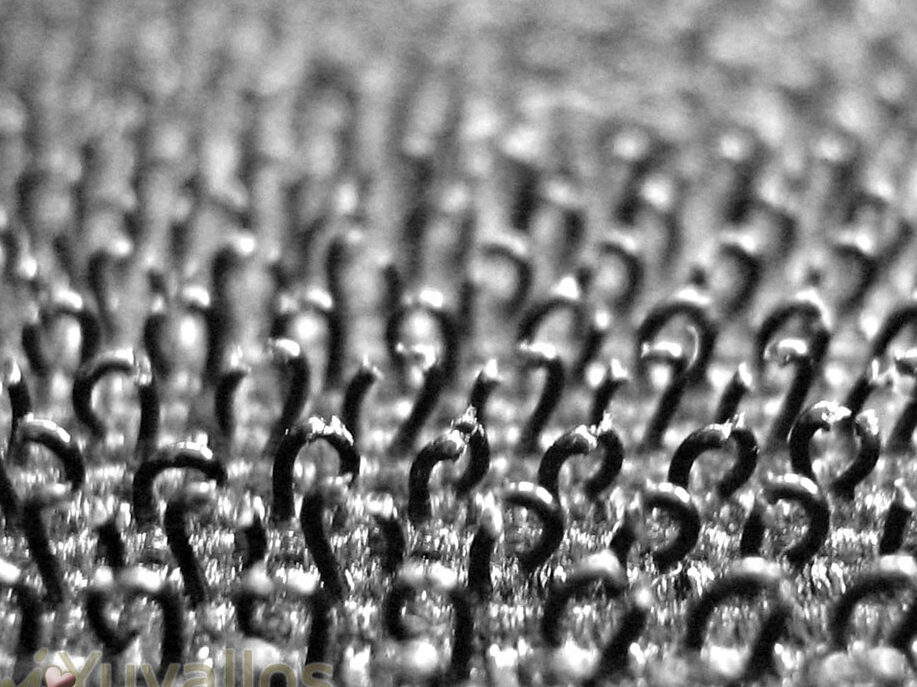
In 1941, Swiss engineer George de Mestral went for a hike and noticed burrs sticking to his dog’s fur and his clothes. Intrigued, he examined them under a microscope and saw tiny hooks that clung to the loops in the fabric. Inspired by nature, he developed Velcro—a fastener now used everywhere, from shoes to space suits.
Potato Chips
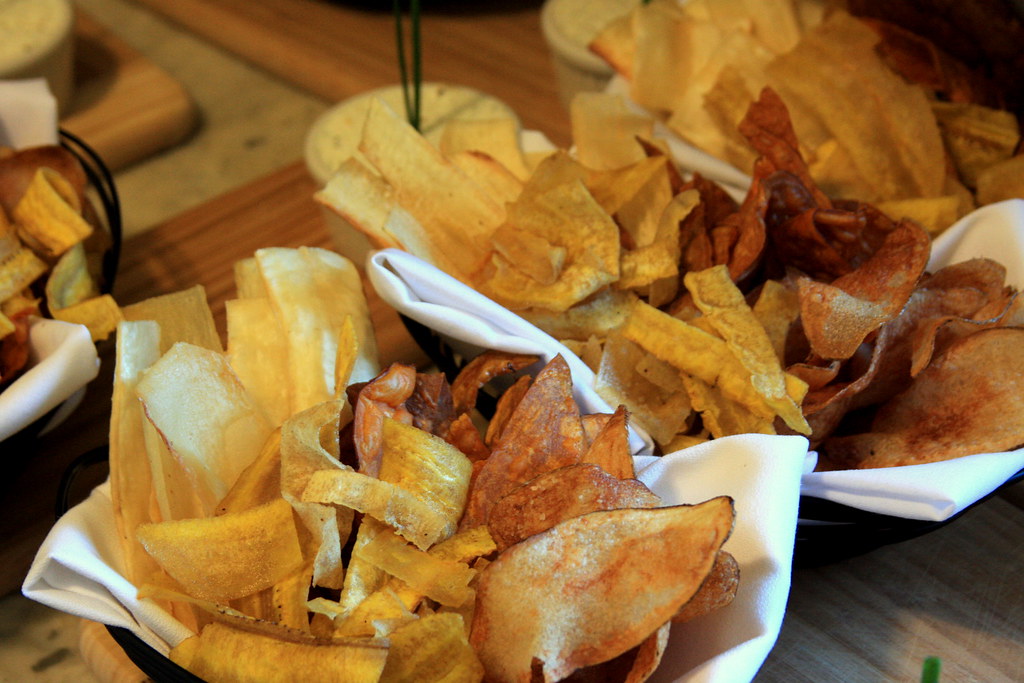
Legend has it that in 1853, chef George Crum got frustrated when a customer kept complaining about his fried potatoes being too thick. Out of spite, Crum sliced the potatoes paper-thin, fried them until crisp, and added extra salt. To his surprise, the customer loved them, and potato chips were born—a happy accident that’s now a billion-dollar snack industry.
Teflon
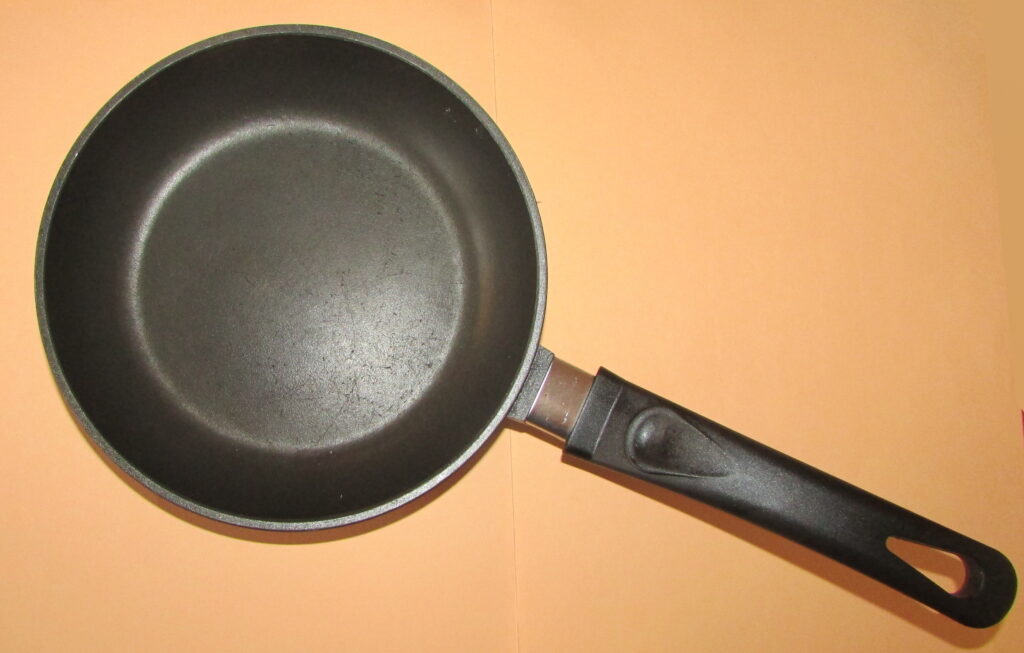
Roy Plunkett was working with refrigerants in 1938 when he accidentally created a white, slippery substance that resisted sticking to anything. Curious about its properties, he developed Teflon, a material now essential for non-stick cookware, industrial equipment, and even space exploration.
Super Glue
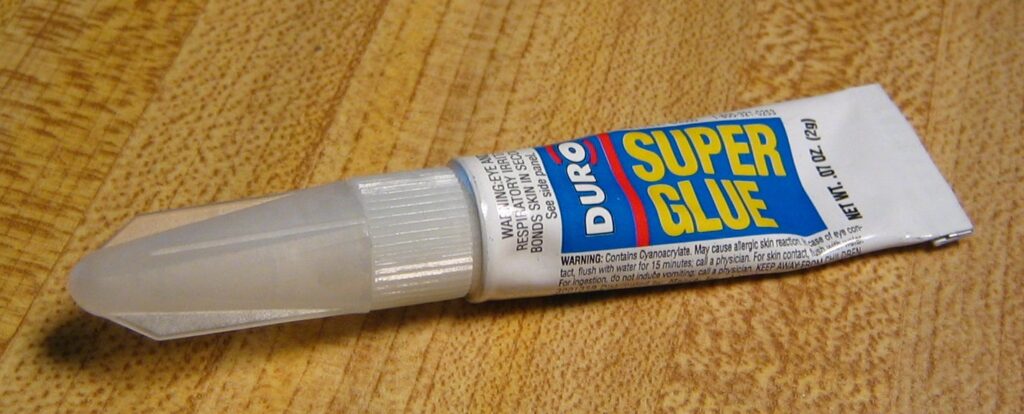
Dr. Harry Coover wasn’t looking to create glue—he was trying to make clear plastic gun sights during World War II. Instead, he accidentally created an adhesive so strong it could bond almost anything instantly. Dismissed at first for being “too sticky,” it later became the super glue we rely on today for quick fixes.
Coca-Cola
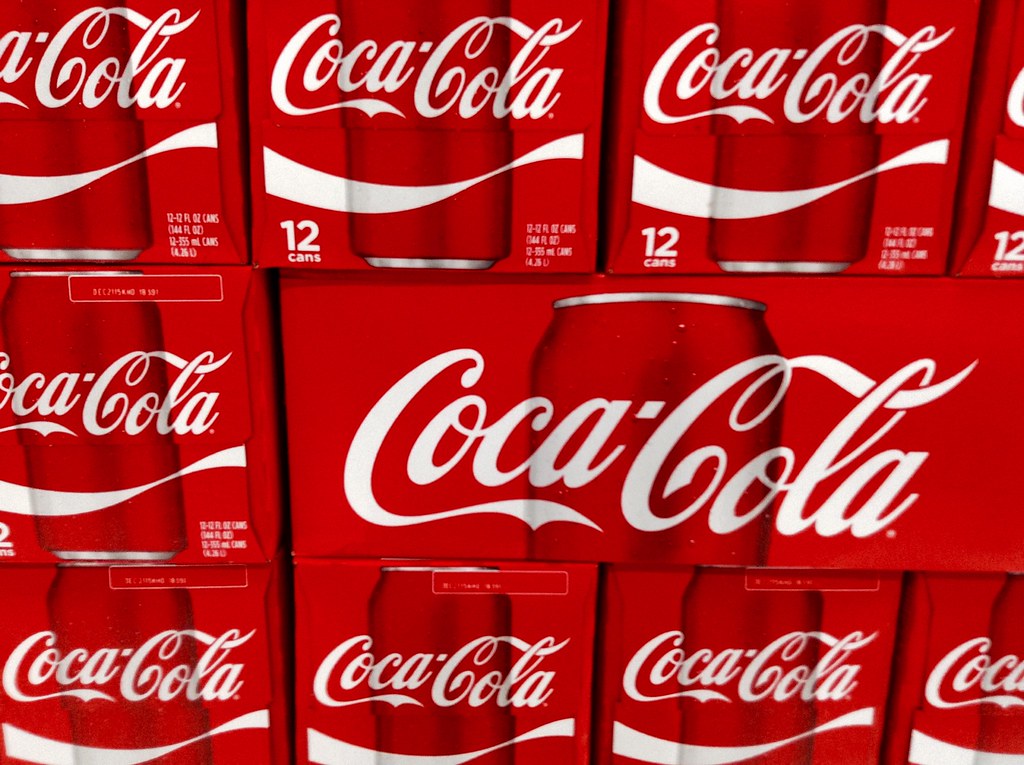
In 1886, pharmacist John Pemberton was trying to create a medicinal tonic to treat headaches and fatigue. He combined coca leaf extract, kola nut, and a few other ingredients into a syrup that was accidentally mixed with carbonated water. The resulting fizzy drink became Coca-Cola, now one of the most popular beverages in the world.
Matches
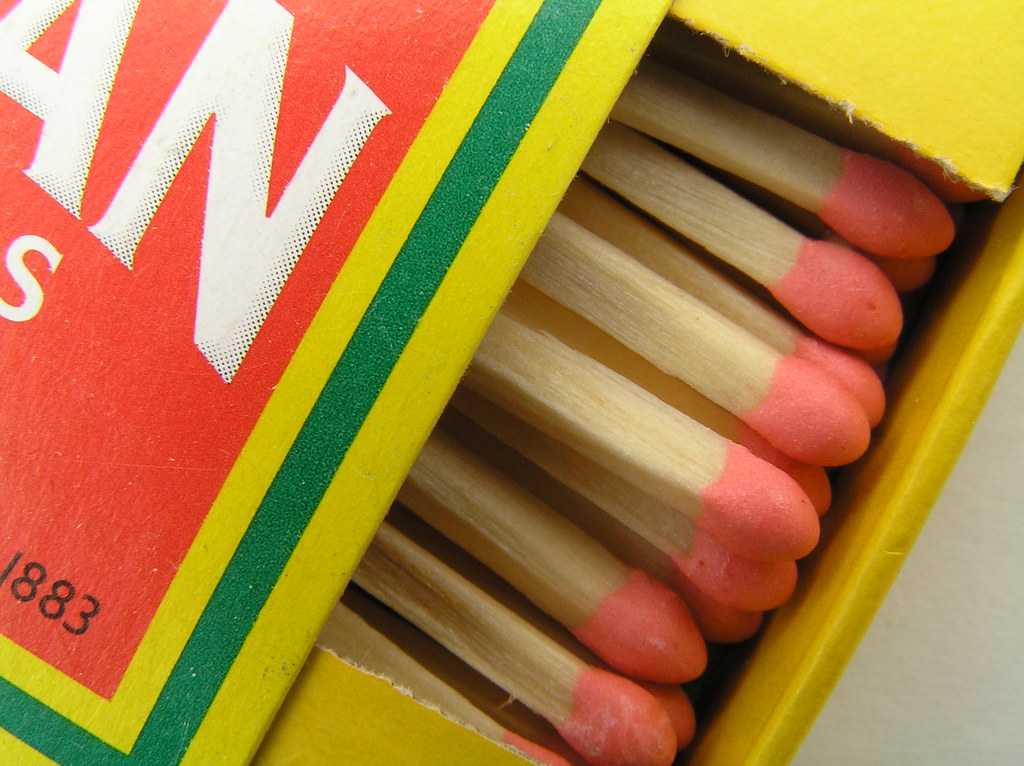
John Walker, a British chemist, was stirring chemicals with a wooden stick in 1826 when he noticed the mixture ignited as he scraped it. Realizing the potential of a portable flame, he refined the idea into the first friction match. His accidental spark lit the way for an invention we still rely on today.
Cornflakes

The Kellogg brothers were trying to make a new type of granola when they left cooked wheat sitting out too long. Instead of throwing it away, they rolled and toasted it, creating the first batch of cornflakes. This accidental cereal became a breakfast classic, inspiring countless other cereal innovations.
Anesthesia

In the early 1800s, scientists experimenting with gases like nitrous oxide (laughing gas) and ether noticed that people under their influence felt no pain. While the intent was often recreational, these discoveries eventually led to the development of anesthesia, transforming surgeries from nightmarish ordeals to manageable medical procedures.
Silly Putty
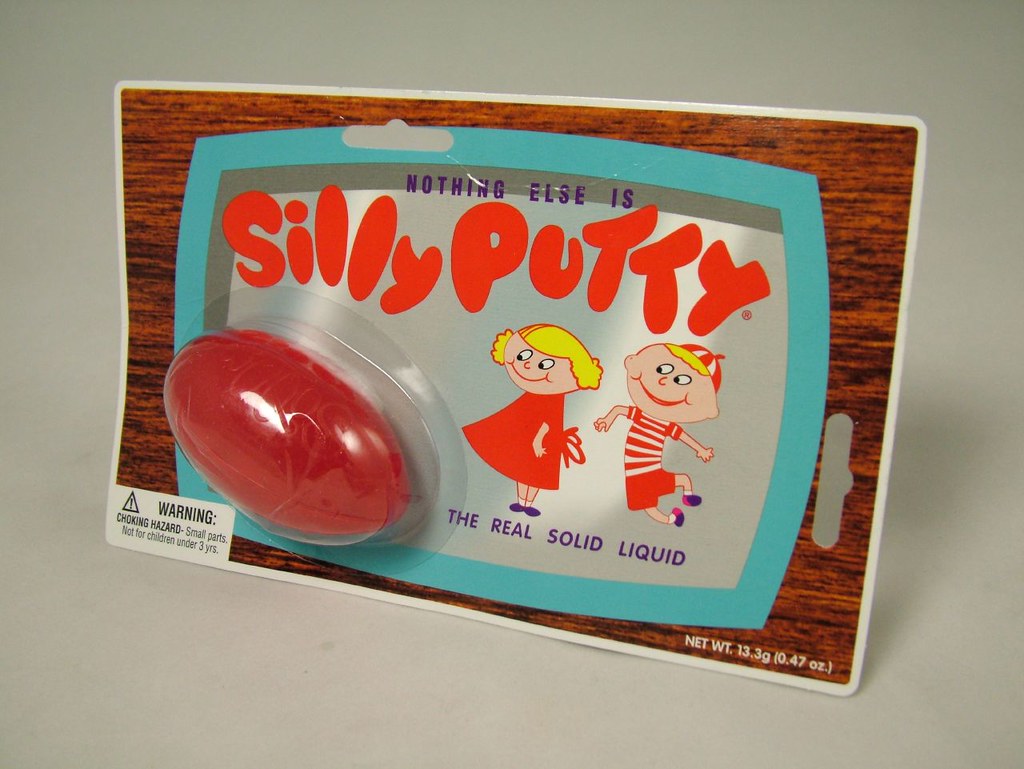
During World War II, James Wright was trying to develop synthetic rubber when he accidentally created a stretchy, bouncy substance. While it wasn’t suitable for rubber tires, it became a hit as a toy. Silly Putty’s playful appeal has stood the test of time, delighting children (and adults) for decades.
Saccharin (Artificial Sweetener)
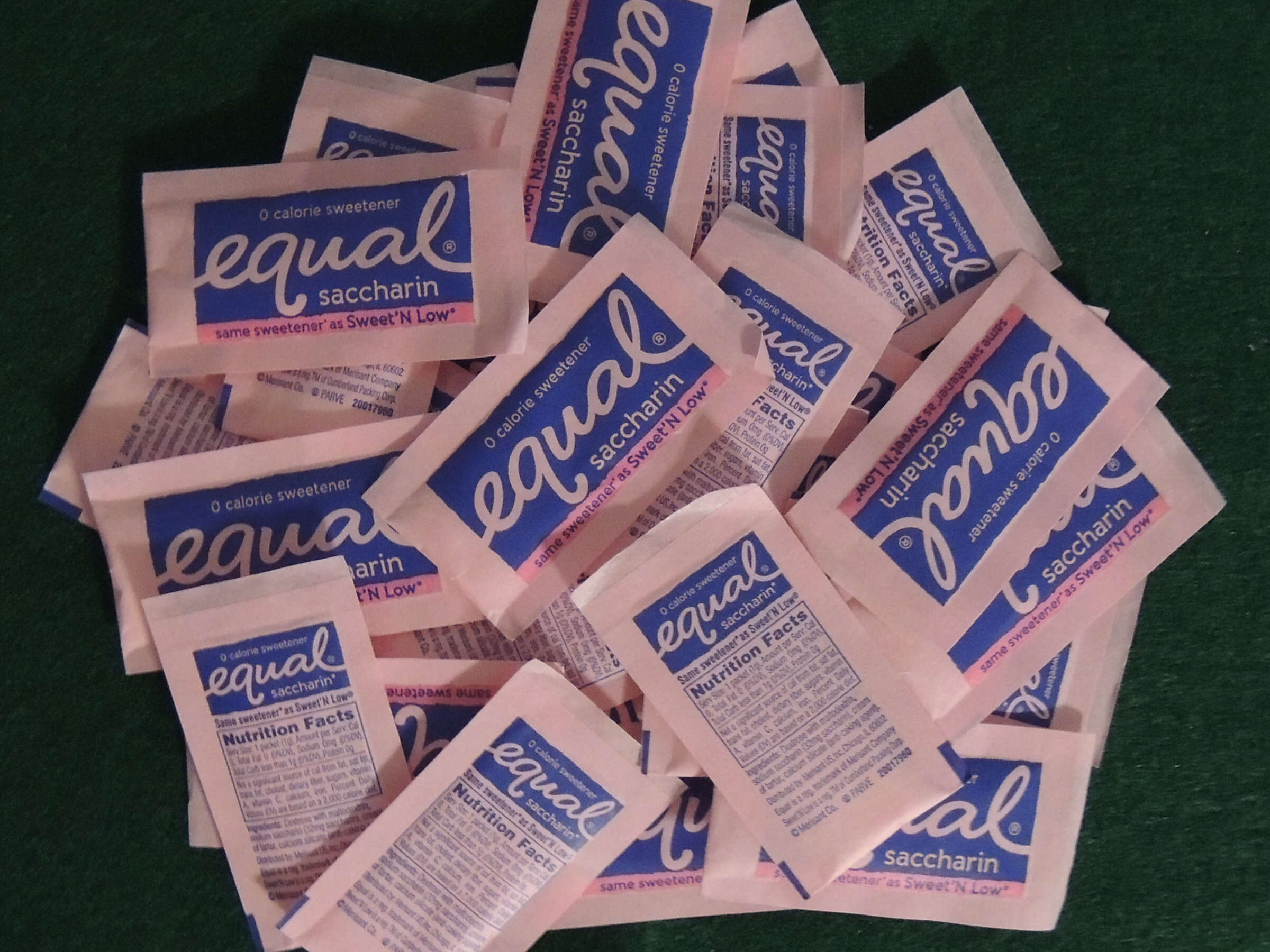
In 1879, Constantin Fahlberg, a chemist working on coal tar derivatives, accidentally tasted sweetness on his hands after handling chemicals. He had inadvertently created saccharin, the first artificial sweetener. His accidental snack paved the way for sugar substitutes used in everything from coffee to diet sodas.
Safety Glass
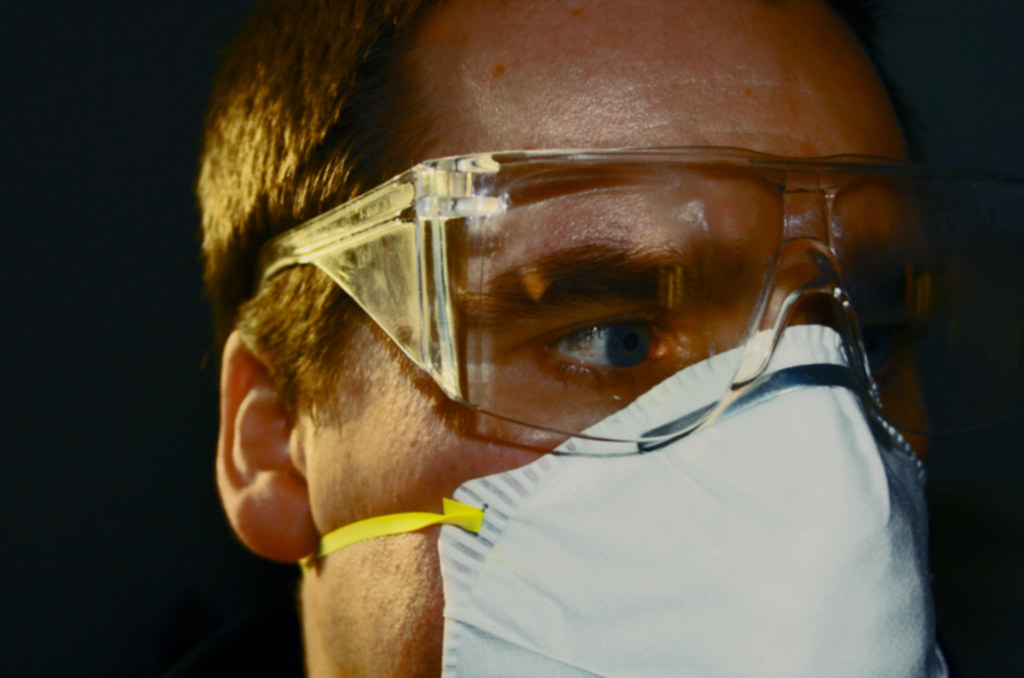
French chemist Édouard Bénédictus dropped a glass flask coated with cellulose nitrate and noticed it didn’t shatter. Inspired, he developed safety glass, now used in car windshields and buildings worldwide to protect people from dangerous shards. His mistake became a lifesaver.
